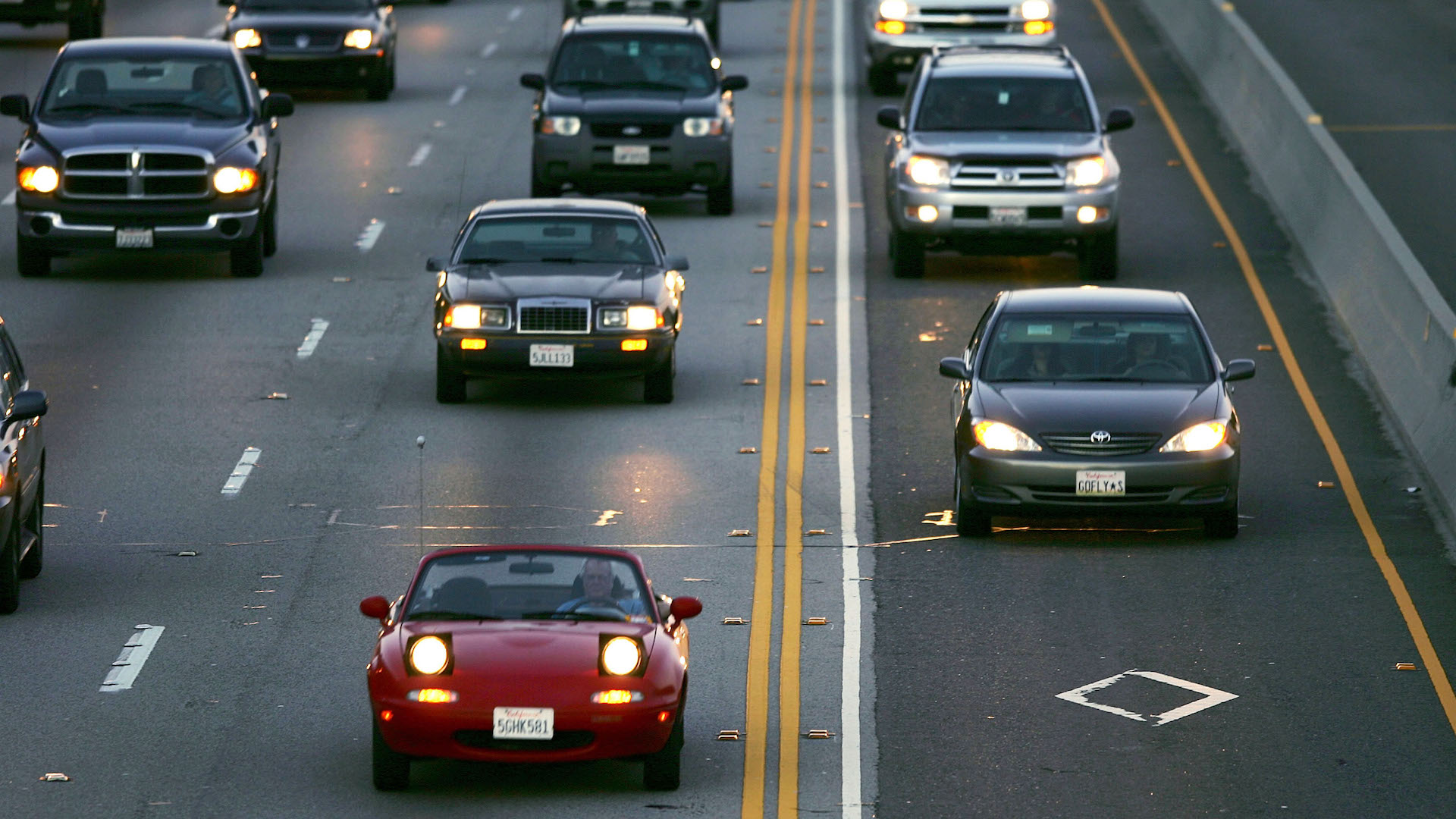

California is known for being among the most restrictive states when it comes to legally modifying cars. Their emission requirements are much more strict than other states’—except for those parts of the Union that have adopted California’s standards for themselves. Yet despite their efforts, pollution from on-road vehicles actually increased 3.1 percent between 2014 and 2015, according to a report published by Next 10. Though overall greenhouse gas emissions levels are slowly dropping, they are being offset by the increase in vehicle emissions, which accounts for 38.5 percent of all emissions in California.
But the state’s stringent emission standards are not the issue, according to the report. On the contrary, they are the primary reason why the situation isn’t worse than it is.
See, Californians are driving more than they used to. Part of the reason is inexpensive gas, which encourages people to take vacations or joyride through the canyons. Additionally, housing near the cities keeps getting more and more expensive, forcing people to live farther away from work—and thus making their commutes longer. According to the report, commute times increased 2.8 percent statewide between 2014 and 2015. On the flip side, public transportation ridership decreased by 4.8 percent during that same period.
California is a leader is in electric cars, however. Around half of all electric cars ever sold in the U.S. have been purchased in California. The number of registered electric cars increased a whopping 45.5 percent between 2014 and 2015, with fossil fuel-powered cars increasing only 1.7 percent. In the first quarter of 2017, electric cars accounted for 5 percent of total vehicle sales in the state.
Unfortunately, the biggest problem with electric cars in California is, not surprisingly, infrastructure. Only 0.05 public charging outlets exist for every zero-emission vehicle on the road. (Or, to put it another way, there’s one public charger for every 20 EVs.) Only New Jersey and Alaska are more poorly-equipped to handle the growing desire for electric cars. Unless you can charge your car at home—and many housing communities prohibit it, while others don’t have the capacity—you’re out of luck when it comes time to charge.
The report doesn’t offer any solutions for these problems—but clearly, the answer to rising emissions is not to relax the current standards as the Trump administration seems willing to do. Governor Jerry Brown and California Air Resources Board Chair Mary Nichols agree; they’re strongly opposed to changing the standards agreed to by automakers and President Obama in 2011.